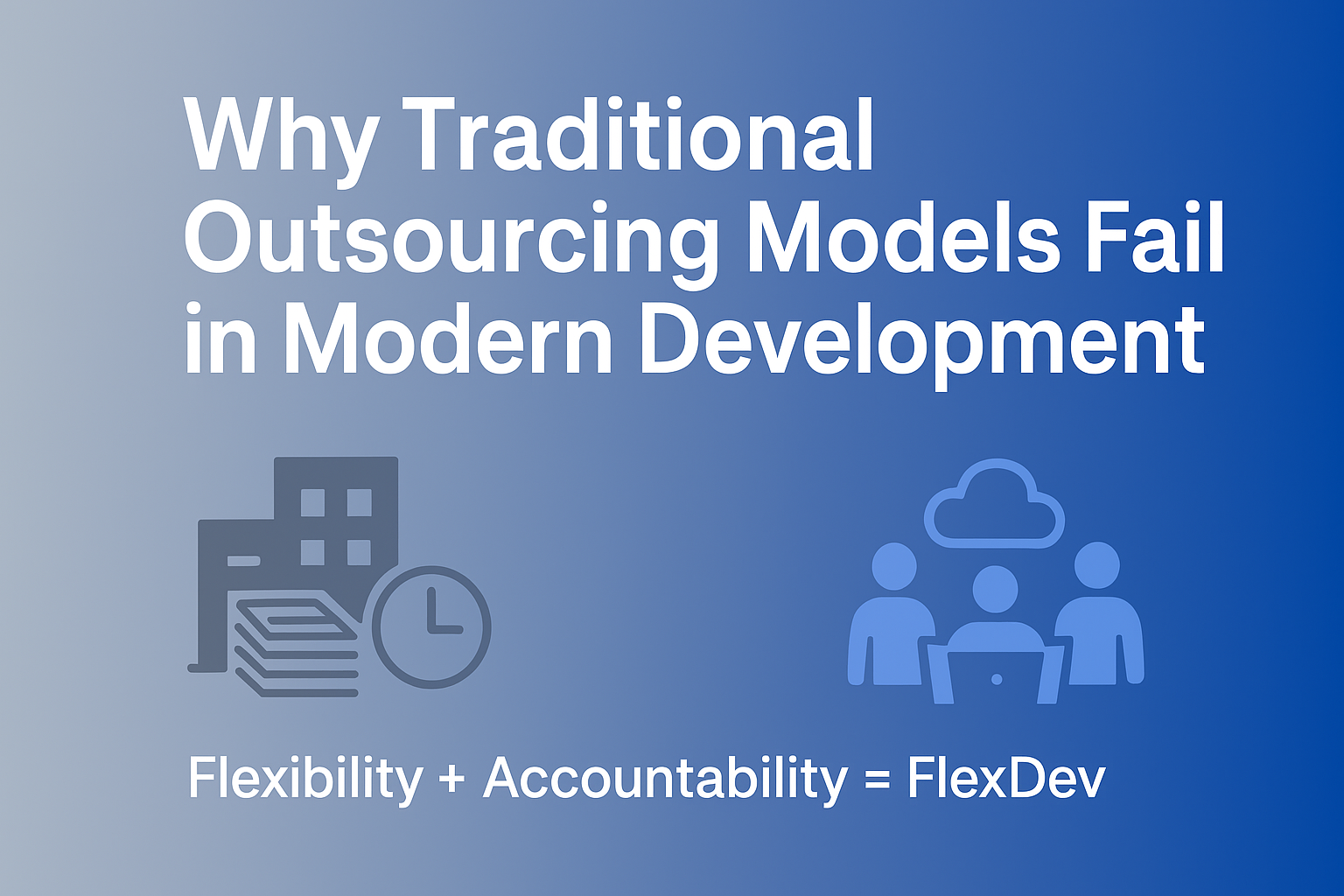For years, outsourcing has been the go-to model for companies looking to cut costs and extend capacity. But in 2025, the rules of software development have changed — and traditional outsourcing is struggling to keep up.
1. Speed vs. Bureaucracy
Modern businesses need teams that adapt in weeks, not months. Traditional outsourcing often comes with rigid contracts, slow onboarding, and layers of management that kill speed and agility.
2. Ownership Gap
Outsourced developers frequently act as “hands for hire,” disconnected from the product vision. This creates a gap in ownership and accountability, leading to patchwork solutions instead of long-term quality.
3. Talent Rotation and Stability
With outsourcing vendors, staff rotation is common. You may start with senior engineers, but they’re often replaced by juniors over time. That instability undermines trust and product continuity.
4. The Collaboration Problem
True innovation comes from close collaboration. But outsourcing teams often sit outside your workflows and culture, which makes communication harder and slows down problem-solving.
So what’s the alternative?
Companies need a model that combines the focus of dedicated developers with the resilience of a team. That’s where FlexDev comes in.
With FlexDev, you work with a dedicated developer who feels like part of your team — while having the backing of an interchangeable, experienced group. It’s flexibility without losing stability.
Instead of outsourcing your problems, you extend your capabilities.

